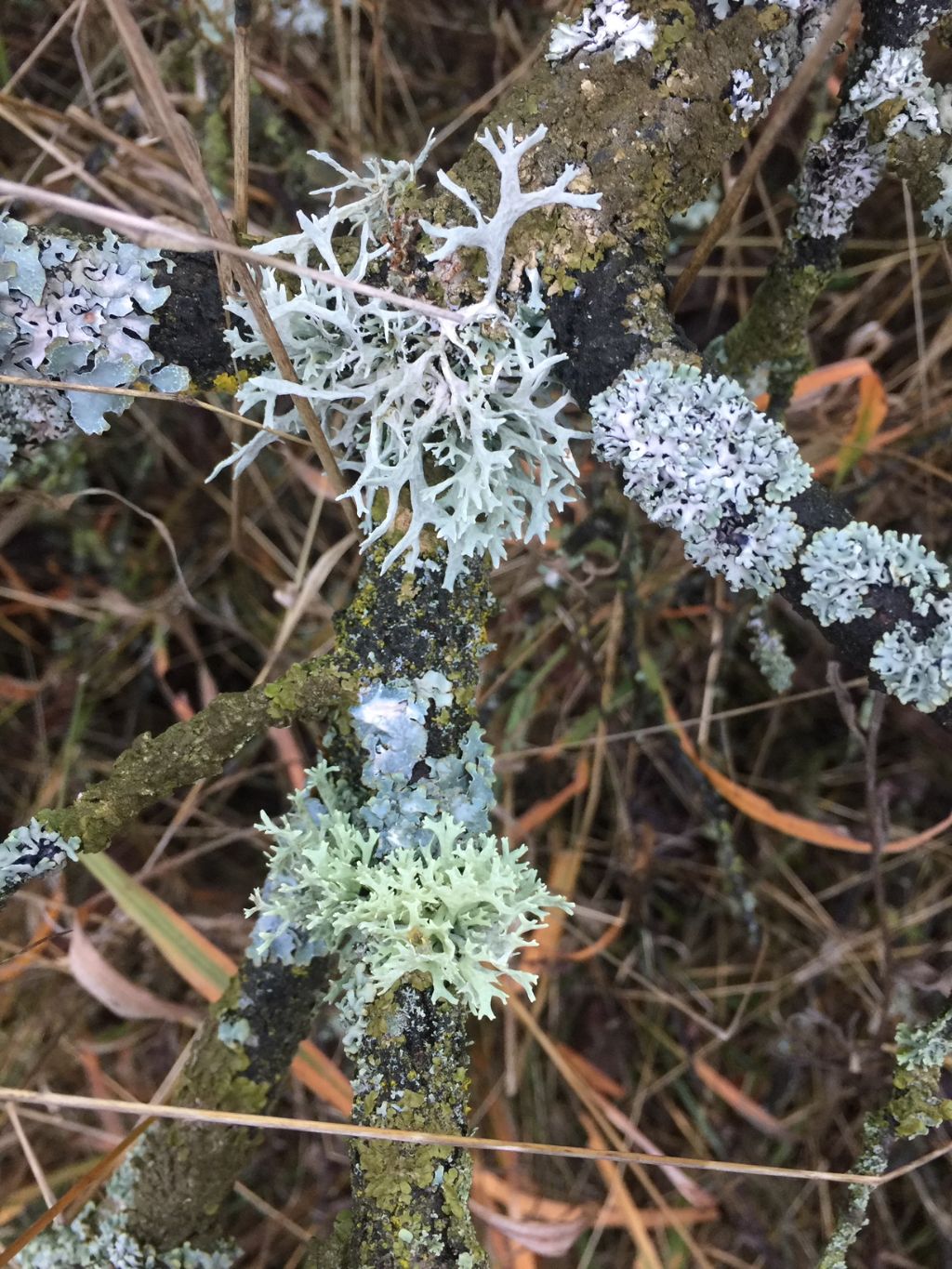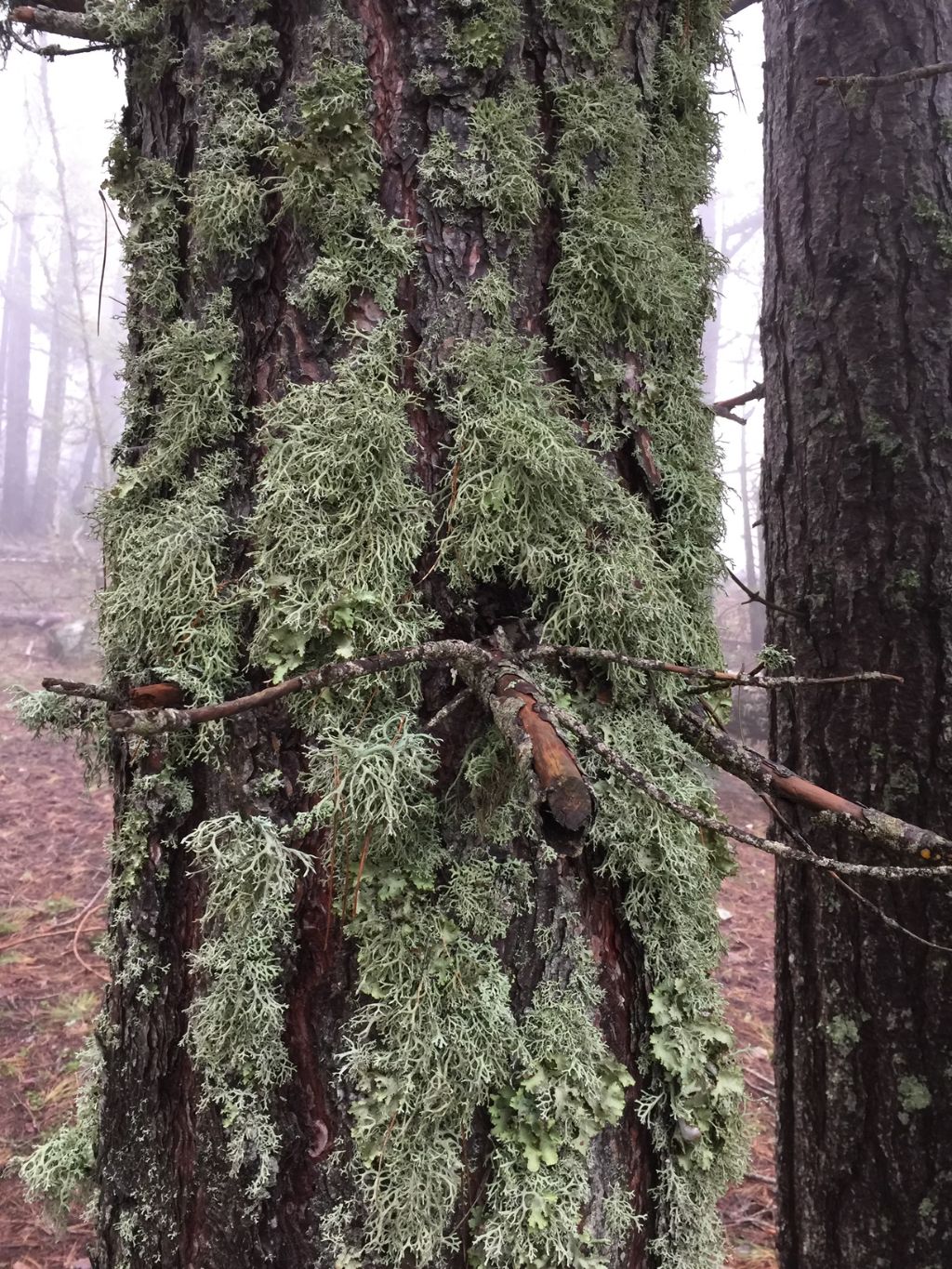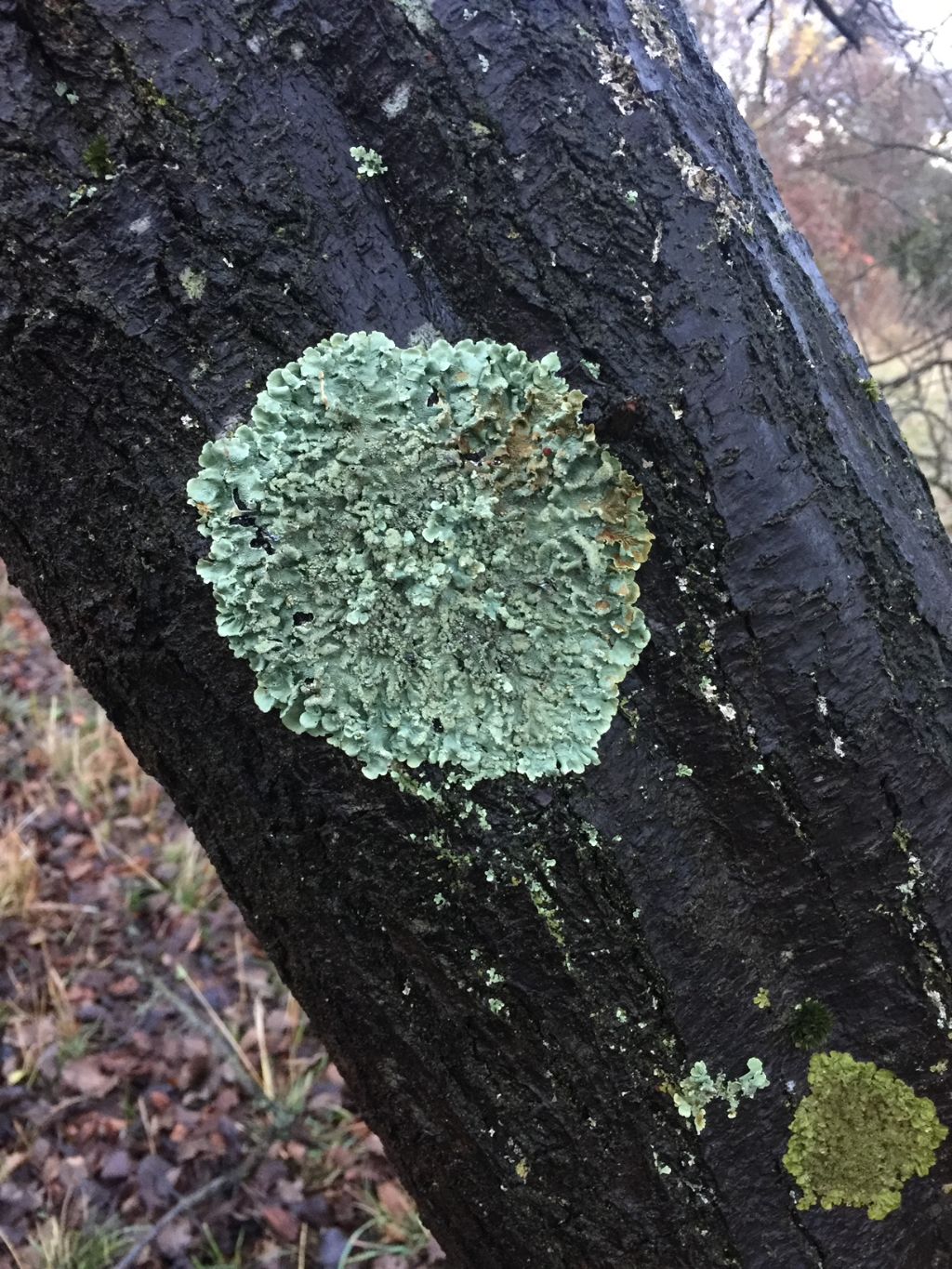Ökologische Funktion bioaktiver Naturstoffe aus Flechten
Institution: Senckenberg Gesellschaft für Naturforschung
Flechten sind symbiotische Lebensgemeinschaften aus Pilzen, Algen und spezifischen Arten von assoziierten Bakterien. Sie produzieren eine Vielzahl einzigartiger und bioaktiver Naturprodukte. Die meisten Arten haben eine geringe Biomasse, wachsen langsam und sind im Labor schwer zu kultivieren und zu beeinflussen. Daher sind das pharmazeutische Potenzial und die ökologische Rolle von Flechtenstoffen noch wenig erforscht.
In diesem Projekt entwickeln wir genomische Methoden, um den molekularen Hintergrund der Biosynthese von Naturstoffen in Flechten besser zu verstehen und biotechnologische Versuche zur Gewinnung von Flechteninhaltsstoffen zu erleichtern. Im Besonderen befassen wir uns mit den Fragen:
1) Welche biosynthetischen Gencluster und Verbindungen sind an der Umweltanpassung von Flechten beteiligt?
2) Können wir Verbindungen mit Genclustern verknüpfen?
3) Welche Flechtensubstanzen oder Substanzkombinationen könnten ein pharmazeutisches Potenzial haben? Um biosynthetische Gene von Pilz- und Bakteriengenomen in der Flechtensymbiose untersuchen zu können, sequenzieren wir metagenomisch die Flechten.
TBG-Projektgruppe
Expertise / Methoden
- Metagenomik, de novo Genomassemblierung aus gemischten DNA-Proben
- Hochmolekulare DNA-Extraktion und NGS-Sequenzierung von “schwierigen” Organismen
- Populationsgenomik
- Genom-Mining und Genom-Annotation (insbesondere biosynthetische Gencluster)
Publikationen
Singh, G.; Armaleo, D.; Dal Grande, F.; Schmitt, I. Depside and Depsidone Synthesis in Lichenized Fungi Comes into Focus through a Genome-Wide Comparison of the Olivetoric Acid and Physodic Acid Chemotypes of Pseudevernia furfuracea. Biomolecules 2021, 11, 1445. https://doi.org/10.3390/biom11101445
Singh, G., Calchera, A., Schulz, M., Drechsler, M., Bode, H.B., Schmitt, I. and Dal Grande, F. (2021): Climate-specific biosynthetic gene clusters in populations of a lichen-forming fungus. Environmental Microbiology, doi: 10.1111/1462-2920.15605
Greshake Tzovaras B, Segers FHID, Bicker A, et al. (2020). What is in Umbilicaria pustulata? A metagenomic approach to reconstruct the holo-genome of a lichen. Genome Biology and Evolution, 12(4), 309-324.
Ingelfinger R, Henke M, Roser L, et al. (2020). Unraveling the pharmacological potential of lichen extracts in the context of cancer and inflammation with a broad screening approach. Frontiers in Pharmacology, 11, 1322.


